Apple's Dark Sky weather app is gone after tonight; here's how you can still access the same data
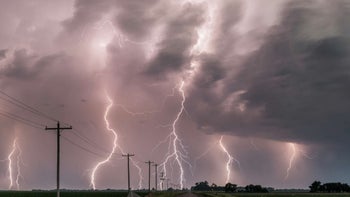
Back in 2020, Apple acquired the hyperlocal Dark Sky weather app leading it to shut down the Android version of the app. Dark Sky became famous for its forecasts that gave the precise time when users should expect precipitation in local areas. These forecasts were made using crowdsourced data and the accuracy of its calls helped it amass over 1 million Android users (all of whom lost access to the app unless they switched to iOS).
Earlier this month, we told you that Apple was going to shut down the Dark Sky app on January 1st, 2023 which is tomorrow. Apple integrated Dark Sky's features with the Apple Weather app. We also told you about the support page that Apple put up explaining how Dark Sky users can take advantage of the native iOS Apple Weather app and continue to see hyperlocal forecasts made using the same technology and community data that Dark Sky used.
Many of Dark Sky's hyperlocal features will be integrated into the native iOS weather app
It also explains how the native iOS weather app now shows down-to-the-minute precipitation forecasts and hourly forecasts for the next ten days including temperature, precipitation amounts, humidity, dew point, wind speed, barometric pressure, 'feels like' temperature, and visibility. Dark Sky features integrated into the native weather app are only available in certain countries (more on this below) and only for those using a device powered by iOS 16, iPadOS 16, or macOS Ventura.
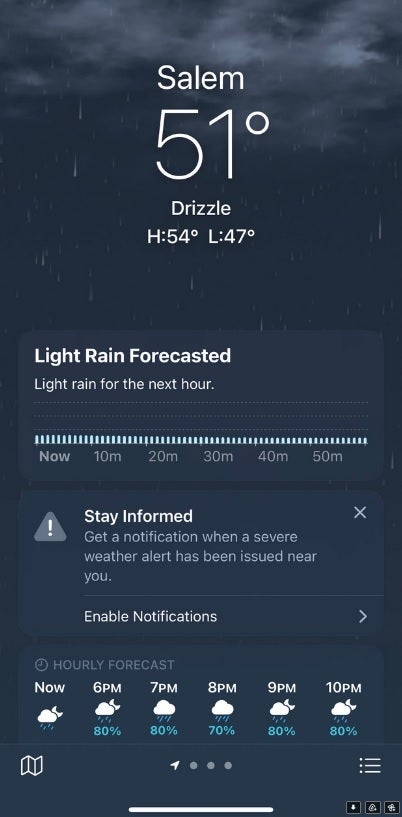
The iOS native weather app
The 10-day forecast is available for most countries and regions. If you're using iOS 15.2 or earlier, this information is sourced from The Weather Channel. Severe weather information is available from national weather services for Australia, Brazil, Canada, India, Japan, Mexico, Thailand, the United States, and most countries and regions in Europe. For those living on the China mainland, severe weather is sourced from QWeather.
Next-hour precipitation forecasts and precipitation notifications are available for Ireland, the United Kingdom, and the United States. The data is provided by the national weather service. Apple says that information regarding Air Quality is available to users in Canada, France, Germany, India, Italy, Japan, Mexico, Netherlands, Singapore, South Korea, Spain, the United Kingdom, and the United States. The data comes from BreezoMeter. Air quality information for the Chinese mainland is provided by QWeather.
Apple will offer its WeatherKit API to third-party weather apps
Temperature maps and 12-hour precipitation maps are available for most countries and regions. Those in Ireland, the United Kingdom, and the United States can receive next-hour precipitation maps. Temperature and precipitation map data is provided by Apple Weather while those running iOS 15.2 or earlier will see data obtained from The Weather Channel.
Third-party weather apps that used data from Dark Sky will no longer be able to do this starting on March 23rd of next year. Instead, Apple will offer its WeatherKit API as a replacement. An API is an Application Programming Interface and essentially it allows two apps to communicate and share data. In this context, the Dark Sky API shared weather data with third-party apps. With the Dark Sky API closing on March 23rd, 2023, these third party weather apps will be able to use Apple's new WeatherKit API for data instead.
If you're looking for a replacement for Dark Sky, you can use the iOS native weather app, which, as we said, will have some of Dark Sky's features integrated. Or you can go to the App Store and look up "Hyperlocal weather apps." There are quite a few to choose from although we'd suggest that you go through the comments section in the App Store to look for red flags. Some of these apps ask for in-app payments which is why you might be better off with the iOS 16 native weather app.
There are also the big name weather apps you can install and while not necessarily "hyperlocal," you can trust forecasts served up by The Weather Channel or the AccuWeather apps.

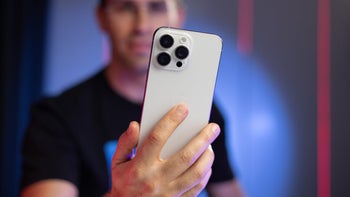






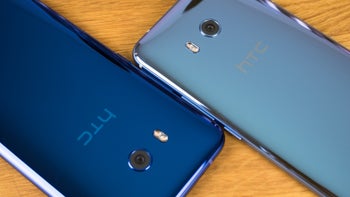
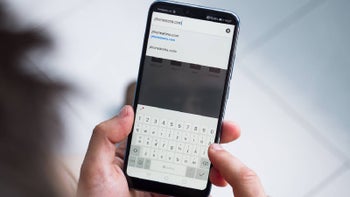



Things that are NOT allowed: